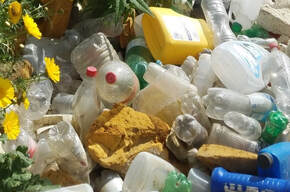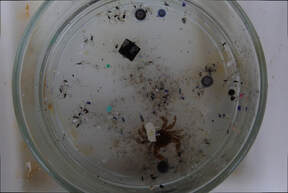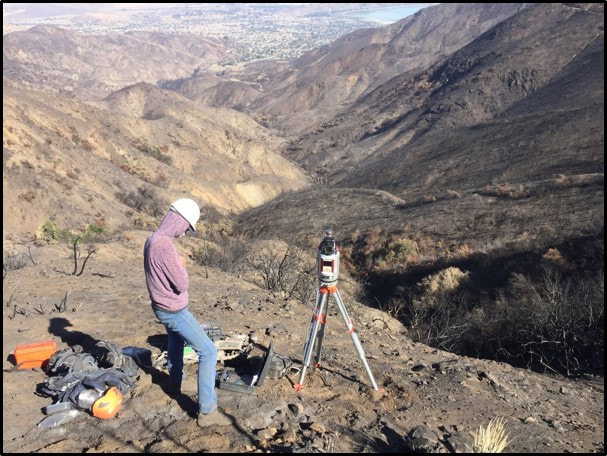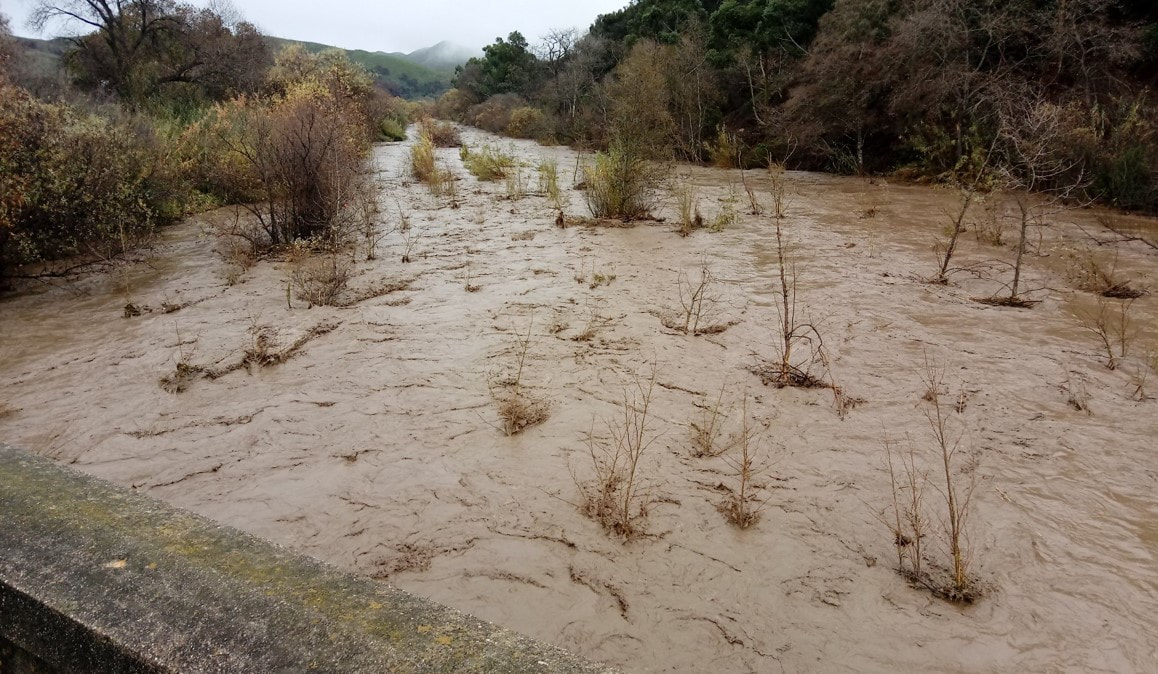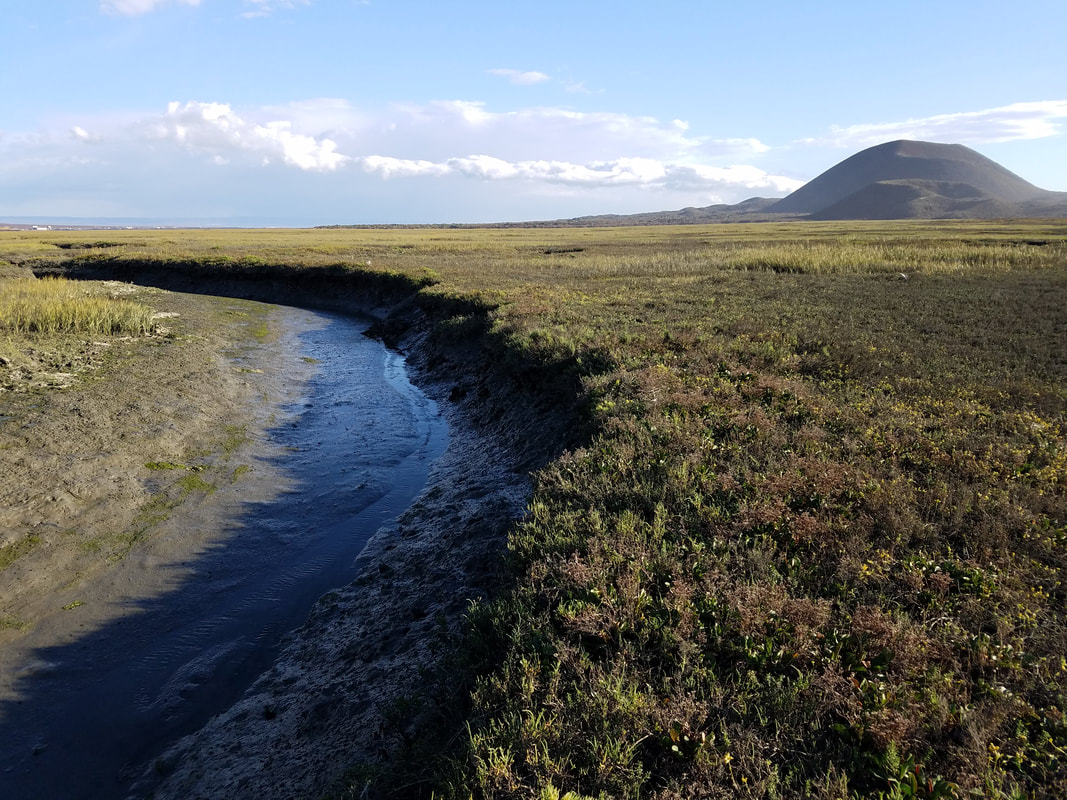Trash and Microplastic Fate and Transport
|
Mismanaged solid waste poses a grave threat to terrestrial and aquatic habitats. Although the environmental hazards posed by large plastic debris have been well established over the past decades, smaller microplastic (1 micron to 5 mm) and nanoplastic ( < 1 micron) particles have been increasingly found in environmental media globally. Scientists across a wide range of disciplines are now racing to better understand the human and physio-chemical aspects of the generation and dispersal of plastic pollution, as well as the environmental and human health impacts. Our research group is currently working on a number of projects addressing key knowledge gaps in our understanding of trash and microplastic fate and transport.
|
